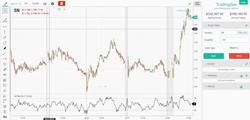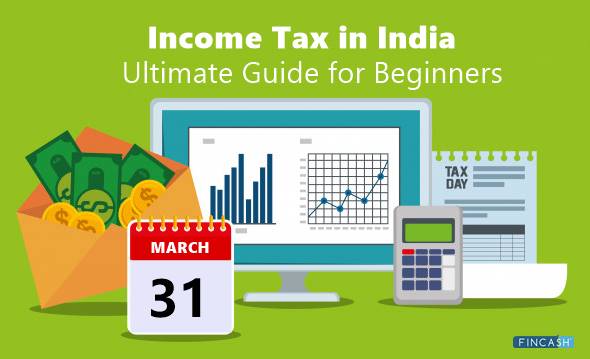
Table of Contents
What is the Ultimate Oscillator?
To understand the term, it is important to understand the term Oscillator first. The Oscillator is a technical indicator that depends upon the belief of buying or selling pressure where a day’s closing price falls within the days’ true Range.

Whereas the ultimate oscillator is a concept invented by Larry Williams to encounter the problems experienced in any oscillator while using it for different lengths of time.
What Does the Ultimate Oscillator Calculate?
In a simpler manner, the ultimate oscillator Indicator can be defined as a way to measure the buying pressure. When buying is strong, the ultimate oscillator indicator rises, and when weak, it falls. The calculation for UOI takes into account three separate time frames such as slow, moderate and rapid. Each time frame has its own significance and is weighted accordingly. This is considered the most important character of UOI as it gives the most weight to the shortest time frame. And still factors in the longest time frame. The ultimate goal is to avoid false divergence.
This Factor is used to calculate the price momentum of an asset across various time periods. When considering the three different time periods, the ultimate oscillator has more tendency to give a better result as compared with the different oscillator. The indicator of this concept shows more fixedness and fewer trade signals.
The buy or sell signals usually generate the divergence signals, but in the ultimate oscillator, a fewer divergence signal occurs as compared with the other oscillators. The reason behind it is that this one has the feature of multi-timeframe construction.
Talk to our investment specialist
Pros of the Ultimate Oscillator
The ultimate oscillator, as per its name, has various pros.
- It combines short-term, intermediate-term, and long-term price actions into one oscillator.
- The discoverer and inventor of the ultimate oscillator have shared a need for different oscillators for different time periods.
- The short-term oscillator is used when you have to reach the peaks earlier than the price action peaks.
- The long-term oscillators are the oscillators that respond a bit late for the price action reversals.
- The ultimate oscillator gives the overbought and oversells readings; it also helps get the readings of potential buy or sell signals.
- This is also used to confirm price action and the divergence that can be a warning for future price actions.
Value of the Ultimate Oscillator
The value of this varies from 0 to 100 and is considered as the Relative Strength Index. If the value is below 30, they are oversold, and above 70 are overbought.
All efforts have been made to ensure the information provided here is accurate. However, no guarantees are made regarding correctness of data. Please verify with scheme information document before making any investment.









